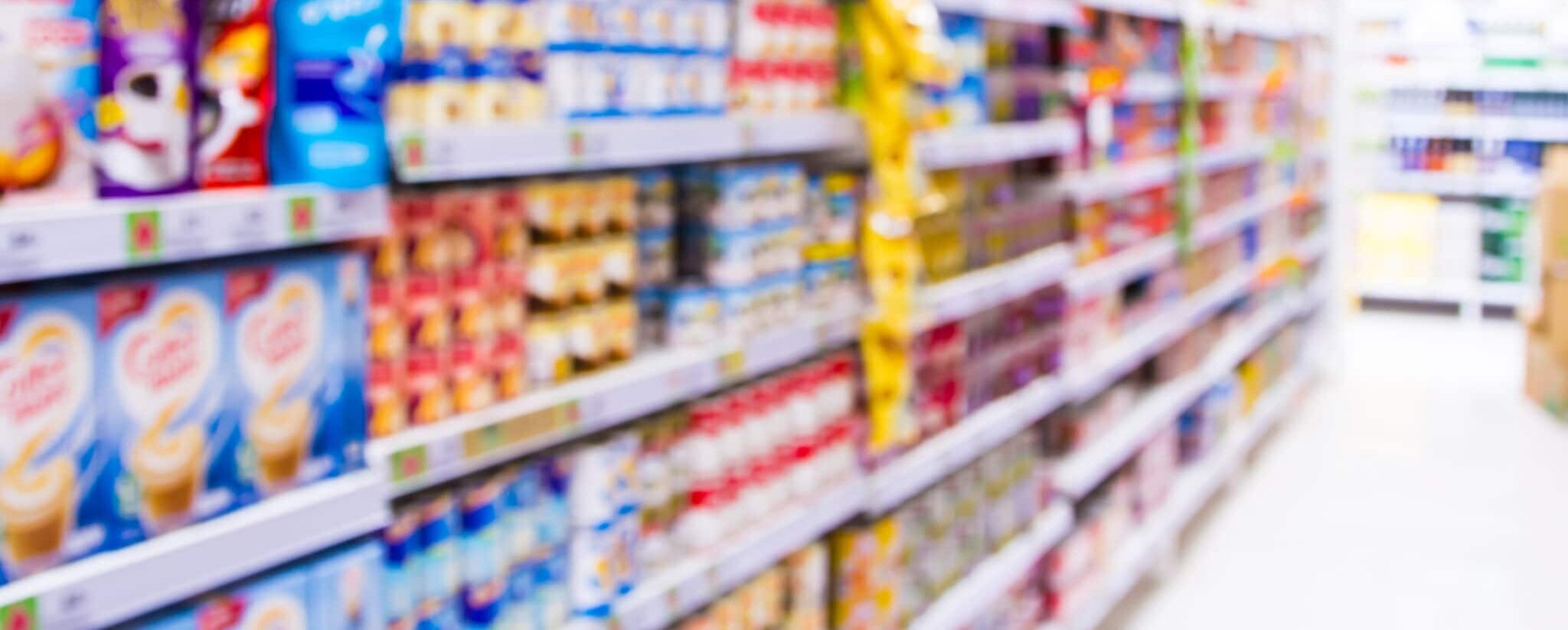
The CPG brands that emerged unscathed from COVID-induced commerce changes, 2018 conditions, and recent natural disasters can all cite commonalities that have enabled supply chain success—control and visibility.
But what do supply chain control and visibility look like?
Zipline Logistics’ President and Co-Founder, Andrew Lynch, recently discussed the topics in-depth to a group of CPG leaders during a presentation with X-Talks.
He touched on the current state of the trucking and logistics industries, as well as technological advancements that have paved the way for modern, visible, and controllable supply chains.
Some of the major themes that were discussed during the talk include:
- What logistics and trucking look like today
- How those industries have advanced during the past few decades
- Where both industries are headed
- How specialized firms are leveraging technological tools to be true disruptors
- The current state of retail
- How brands can incorporate logistics best practices to master the challenges of retail delivery
Those interested in the full breadth of the conversation can access the presentation here.
The State of Retail for CPG Brands
As attention to out-of-stocks has increased in importance, retailers have tightened expectations for their vendors.
According to an article published in Retail Dive, “Today’s shoppers experience out-of-stocks during one of three store visits, costing retailers nearly $1 trillion in annual sales as consumers shift to online alternatives.”
Reports estimate that 24 percent of Amazon’s online revenue comes from this issue alone. But as COVID has changed the way consumers are purchasing groceries and household products, the out-of-stock conversation means more today than it ever has.
The push to online grocery solutions like click-and-pick options at retailers and a more omnichannel approach has further emphasized timely delivery that avoids out-of-stocks.
“Online grocery sales increased as much as fivefold to between 10 percent to 15 percent of total grocery sales,” said Steve Caine, a retail expert and partner for Bain & Company in an interview with CNBC.
Not having product on the shelves can hurt your brand when competing for the attention of diminishing foot traffic. You can gain a significant advantage over competitors just by being there.
Some other topics that were discussed during the presentation:
- Allocating chargebacks to the correct budget
- OTIF expectations tightening at major retailers
- Retailer order trends are changing
- The effects of involuntary sampling through substitutions
A Playbook for Finding Supply Chain Success for Retail Delivery
Lynch details how CPG brands of all sizes can overcome the issues that commonly accompany retail logistics.
During the presentation, he details how brands can take control of their supply chains through:
- Performing a network analysis
- Thinking beyond customer pick-up arrangements
- Understanding retail compliance
- Getting clear on chargebacks and out-of-stocks
Finding the Right Logistics Partner
Employing the right technological suite is a large part of illuminating and controlling your supply chain. It is crucial to know which metrics to track so that your organization can make improvements. It can also help you correctly identify the largest logistics cost drivers and bring those under control.
Beyond identification, using the correct tech properly can help you find consolidation opportunities, improve delivery performance, and leverage your supply chain as a differentiator for your brand.
For those that do not have the internal capabilities, it can be of great benefit to work with the right logistics partner to unlock the benefits of specialization, technology stems, and understanding of complex logistics functions.
Zipline’s Retail Specialization Helps CPG Brands Facilitate Supply Chain Success
Simply scheduling transport to a major retailer is not an effective long-term strategy for working with a big box store.
Your organization needs an effective plan to ensure that orders are not out-of-stock.
Zipline Logistics understands the complexities of retail deliveries and is continually working with brands to master their supply chains.
Since over 95 percent of our orders end up on a retail shelf, we understand what it takes to ensure your product arrives at its destination as intended and on-time.
We work with customers to manage their retail orders to create cost-reduction and performance-enhancing supply chain strategies.